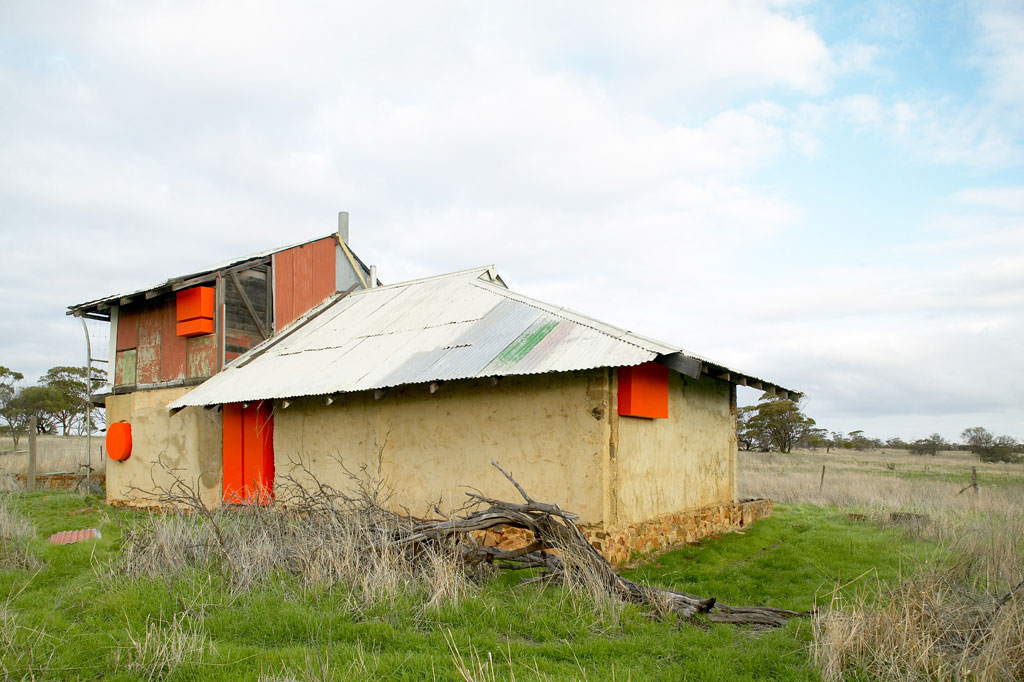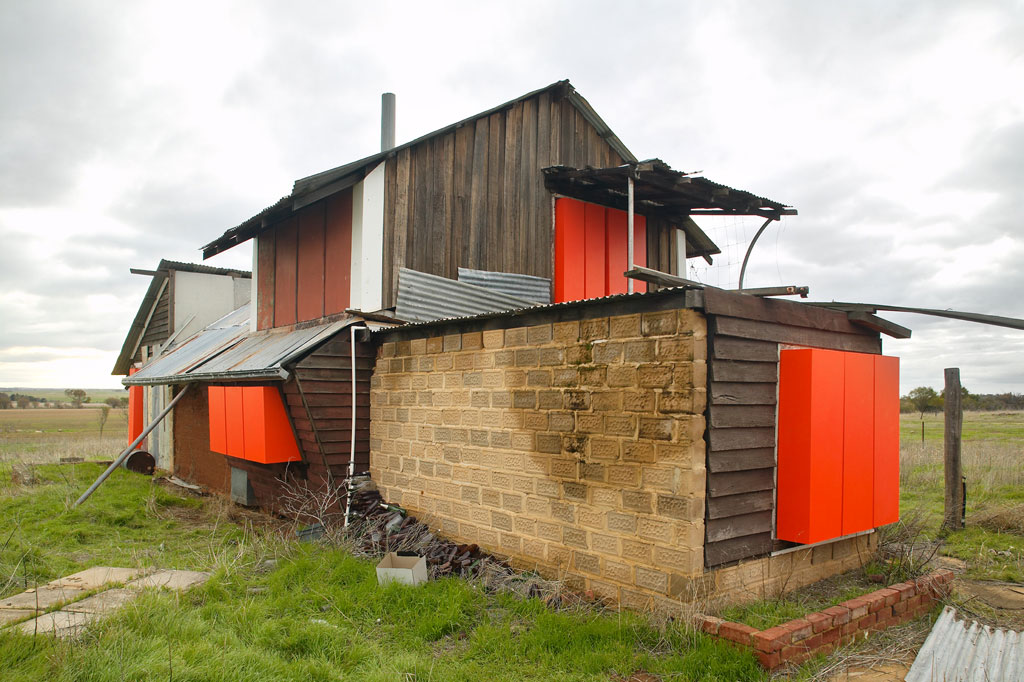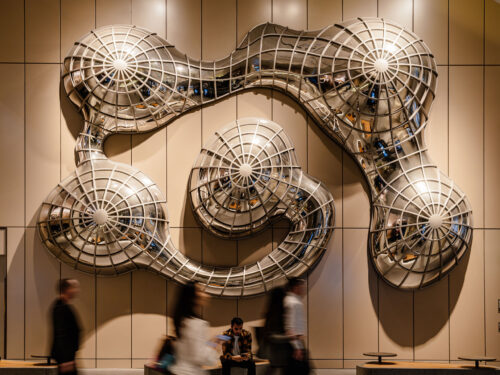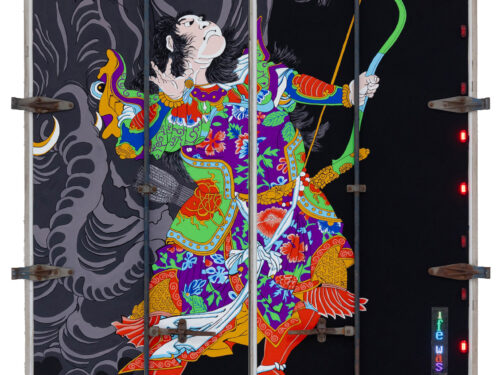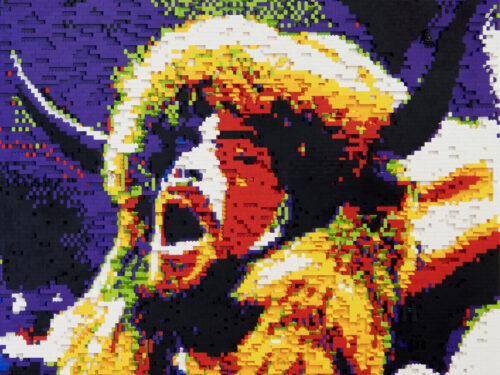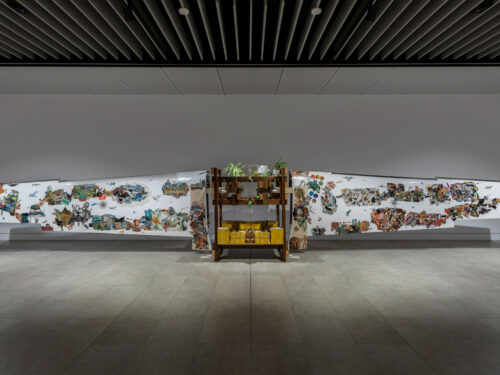
Maintenance
Living in the city is a very convenient thing indeed. One of the most convenient things about living in the city is garbage removal. When we moved out of our home in Ashfield, New South Wales, we threw out two tonnes of garbage. This was accumulated in only 24 months of living there!
This wasn’t garbage, like beer bottles and decaying foodstuffs. Most of it was old artworks and dilapidated furniture. We aren’t wasteful art-collecting furniture-trashers: it’s more like a lot of the art we made and furniture we found had merely taken a detour through our house on its way to the garbage heap.
The great thing about throwing things away is that their existence disappears from your mind: into landfill and out of your sense of object permanence. If you are “tidy”, you don’t need to hang onto anything that links you to your past or reminds you that the laws of entropy apply to you.
Sculptors have a bad reputation for being hoarders. Even the slick design-orientated installation artists of the 21st century have a habit of picking up pieces of trash from the side of the road. The same could be probably said about farmers. They don’t seem to throw much away. There seem to be limitless possibilities within the junk heaps of farmers. Something useful may be found in deceased cars that are more iron oxide than automobile, or the old farm homes inhabited by pigeons and their poo.
The thing about objects stockpiled on farms is that they do not remain in stasis. Due to the scale of farming technology, if an object such as a plough or seeder is no longer useful, it will not be stored in a room or warehouse. It will be kept outside for future use.
But how far away is that future?
Discarded things left on farms aren’t like the trash we get rid of in the big smoke. As city slickers, we throw away stuff, and that’s the end of the story. The object’s life is over for us. Waste management systems – recycling or landfill – are invisible. Discarded objects are erased from our future.
Stuff found on farms linger. After they have been thrown out, these objects take on a whole new life.
When we came to Ballidu, it was the end of dry season. Everything seemed dead. The grass was sun-bleached and almost white. The tree branches were dry and withered. You could feel nature’s power, but not in the usual sense of verdant greenery or treacherous fauna. We could feel nature’s power against man. Our sense of time shifted to something more like geological time: slow and fast at the same time, a timescale dwarfing Human Enterprise. We were paddling boogie boarders in an ocean.
As far as we could see, we witnessed human endeavour under the immensity
of natural forces. That little tyke with his finger in the dike: human creations in need of vigilant protection from the elements, nature slithering out to reclaim them whenever we turned our backs. We could see this natural force in all the disused objects around us: tyres with grass growing out of their rims, spider and spiky lizard-infested nests in old wool-bale machines and woodpiles.
We could see this force because the past was not put out of sight.
The abandoned house on Milaby farm appealed to us most. It seemed a natural starting point. The home is the membrane between man and nature; its doors and windows the most obvious delineation between the spaces of man and nature.
Within Maintenance, we violated this junction point. Shapes extruded from the portals of the house desecrated the holy junction between inside and outside. We used Buddhist-orange, highly geometric shapes to describe a force of nature to escape a sentimental, anthropomorphic understanding of these forces. We hoped to describe a power comparable to that of the wasp impregnated within insect larvae.
